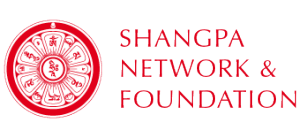Jamgön Kongtrül Lodrö Thayé
'jam mgon kong sprul blo gros mtha' yas
1813-1899

Jamgön Kongtrül Lodrö Thayé is one of the most prominent Buddhist masters in 19th century’s Tibet. Along with Jamyang Khyentsé Wangpo, Chogyur Detchen Lingpa, Mipham Rinpoché and other masters, he contributed to a wide spiritual revival in Eastern Tibet, the Rime or non-sectarian movement.






